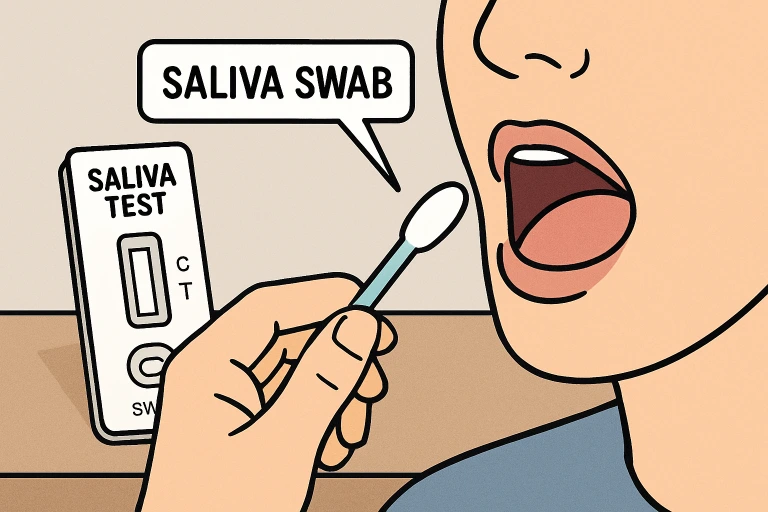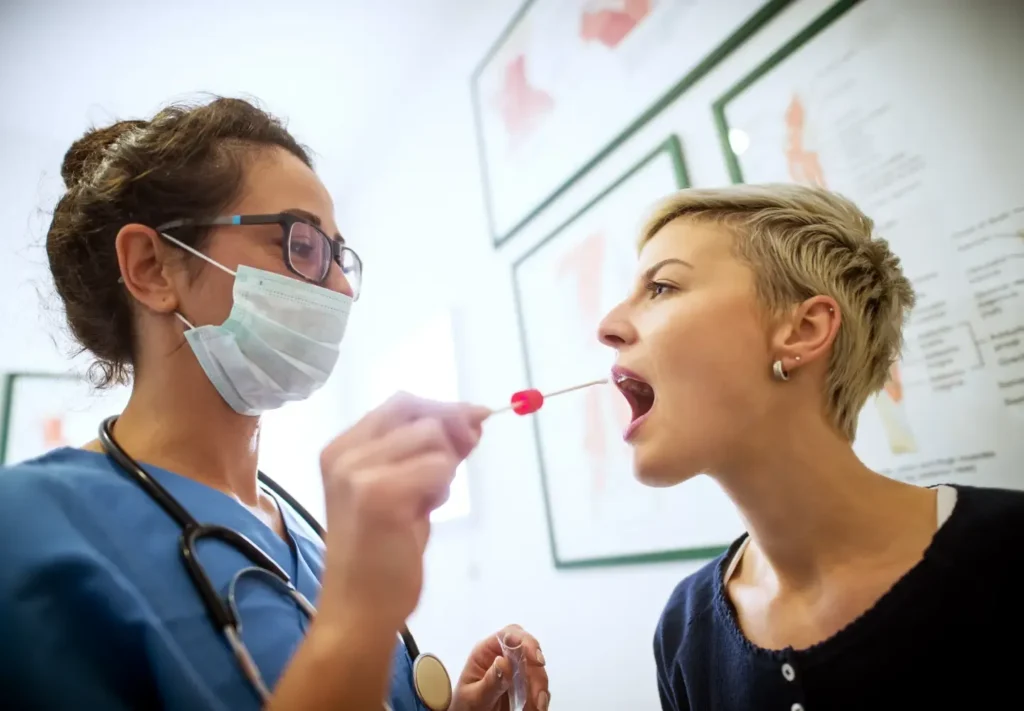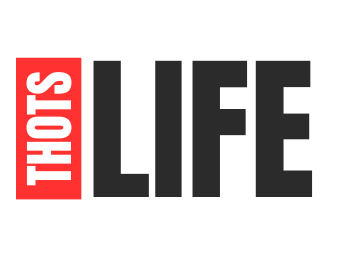Why Saliva Drug Tests Are Growing in Popularity
Saliva drug testing has seen a rapid rise in adoption across both corporate settings and for personal screening. The primary reason for this trend lies in the simplicity and speed of the testing process. Results are available within minutes, saving valuable time for employers and reducing stress for those being tested. Modern devices require only a saliva sample to be collected using a swab, removing the need for more invasive methods that may cause discomfort or embarrassment.
Compared to blood or urine tests, saliva testing imposes fewer privacy concerns and is less logistically complicated. Since samples are collected under direct supervision, the chances of tampering or specimen adulteration are also significantly reduced.

For those seeking reliable options for modern workplace or personal screening, the demand for high-quality kits is steadily increasing. Those in the region can access a broad range of reliable kits by visiting Saliva drug test Australia, which supplies certified and easy-to-use solutions for various needs.
- Saliva drug tests are now commonly favoured for their transparency and convenience.
- Especially when fast, on-the-spot results are needed, such as roadside testing or post-incident assessments in the workplace.
The process begins by using a swab or pad to collect a saliva specimen from the inside of the cheek or under the tongue. This simple collection typically takes less than two minutes and is generally perceived as minimally invasive. Once collected, the sample is placed into a testing device, which analyses the fluid for specific drug metabolites. Results appear quickly—often within 10 minutes.
Substances Commonly Detected
Saliva drug tests are effective at detecting a range of substances, including but not limited to:
- Marijuana (THC)
- Cocaine
- Amphetamines
- Opiates
- Methamphetamine
- Benzodiazepines
Because these substances are detectable for shorter periods in saliva than in urine, saliva tests are optimal for identifying recent or current drug use.
Accuracy and Reliability of Saliva Drug Tests
Technological improvements have significantly increased the accuracy and sensitivity of saliva drug test kits in recent years. Research indicates that modern assays are highly reliable for their intended purpose, providing results with specificity rates of over 95%. However, certain factors, such as the time since substance use and the method of collection, may influence the detection window and risk of false positives.
For a more comprehensive examination of the effectiveness and limitations of oral fluid drug testing, scientific literature, such as the scientific research published by the National Institutes of Health, provides a deep dive into these methods. Both employers and individuals need to understand the context and limitations, including potential for cross-reactivity and other rare but possible errors.
Workplace Applications: Safety and Compliance
Organisations worldwide are increasingly implementing saliva drug testing as a part of their routine safety and compliance protocols. Pre-employment screening helps ensure safe and responsible hiring, while random and post-incident testing aim to maintain ongoing safety in sensitive environments, such as transportation, manufacturing, and healthcare.

Legal obligations differ by country and workplace. Employers must ensure their policies adhere to employment regulations and privacy standards. For detailed guidance on implementing workplace drug testing, consult established resources like workplace drug testing from the Society for Human Resource Management.
Personal Use and At-Home Saliva Drug Tests
Saliva drug tests are not limited to organisational use. At-home testing kits offer individuals privacy and control in managing their own health or compliance needs related to drug use. These kits are particularly beneficial for parents, caregivers, or individuals seeking information ahead of official workplace or legal testing. Convenience, affordable pricing, and quick results make these solutions attractive for private use. However, users should adhere closely to the kit instructions to help ensure results are as accurate as possible.
Legal, Privacy, and Ethical Considerations
- The legal and ethical landscape surrounding drug testing is complex.
- Consent is a cornerstone of moral testing, so individuals should be properly informed before providing a sample.
- Employers are obligated to keep results confidential and handle all data in compliance with privacy regulations, including limitations on record-keeping and access.
- Employees and job applicants have the right to request information about testing protocols.
- How their information will be used, and the next steps in the event of a positive result.
- Being clear about these policies helps support fairness while protecting everyone’s rights.
Integrating Saliva Testing With Health Initiatives
Progressive organisations often integrate saliva drug testing into broader health and wellness programs. This approach emphasizes wellness over punishment, creating opportunities to identify employees in need of support and encouraging engagement with health initiatives, such as counseling, mental health resources, or drug education. When tests are combined with wellness efforts, such as employee education sessions or voluntary screening opportunities, both employees and employers benefit from enhanced safety and well-being. Many companies also find that this proactive integration reduces long-term costs associated with absenteeism and workplace incidents.
Making Informed Decisions
Saliva drug testing is a fast, convenient, and accurate method for detecting recent drug use, with applications in both the workplace and at home. By understanding test accuracy, legal obligations, and privacy protections, all parties can create safer and more supportive environments. Integrating these tests into wider health initiatives ensures not only regulatory compliance but also contributes to employee well-being. With resources such as high-quality saliva drug test kits and continued awareness of new research and best practices, it’s easier than ever to make informed, responsible choices regarding drug testing and workplace safety.

